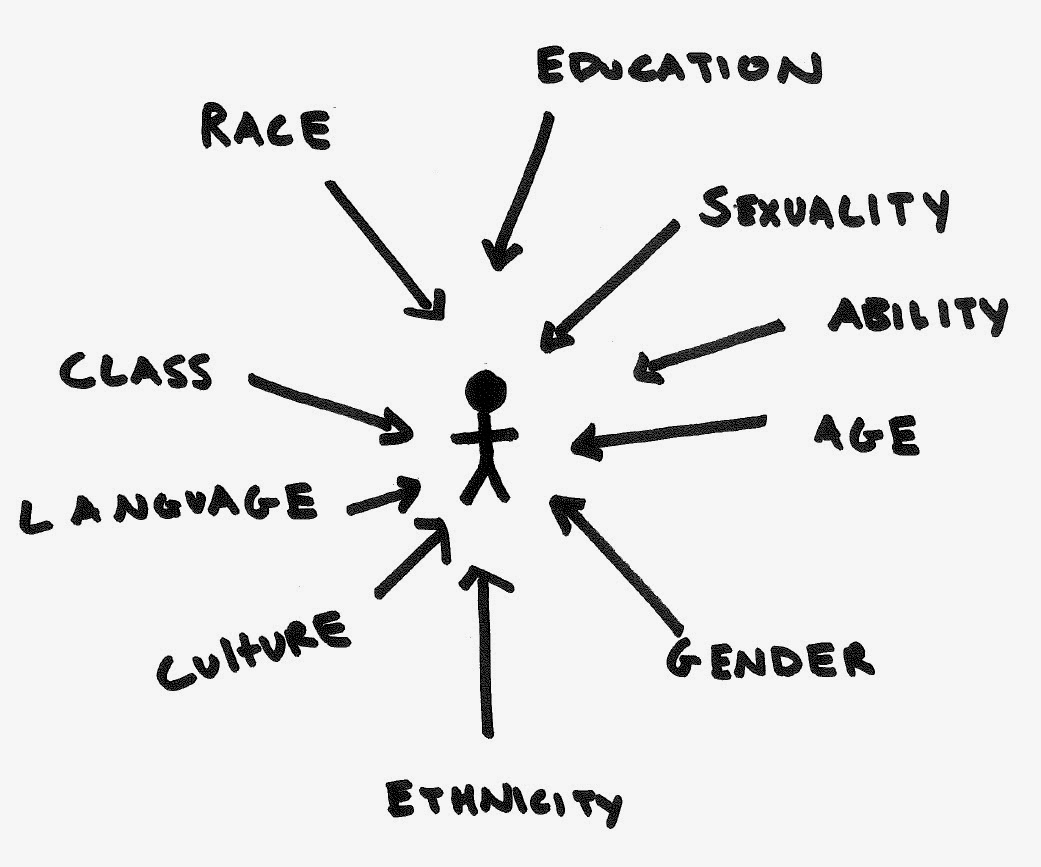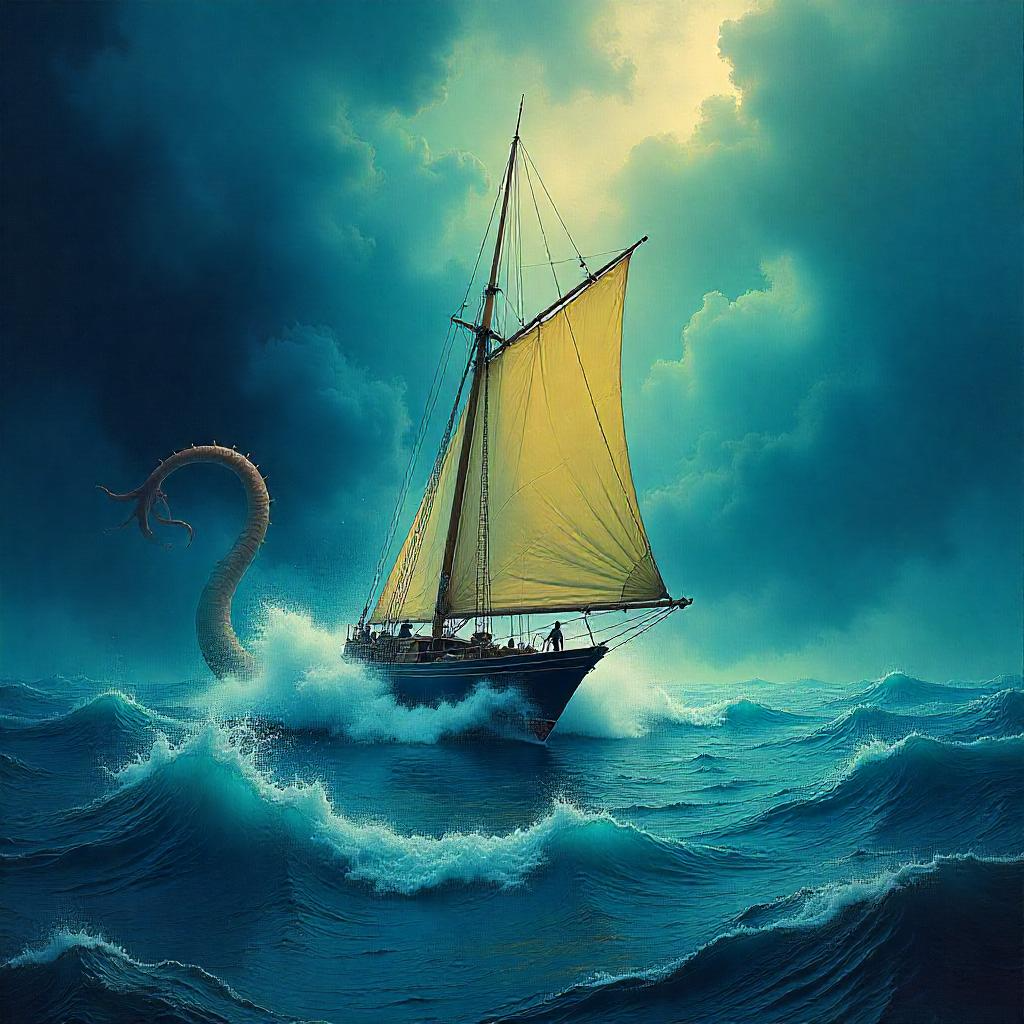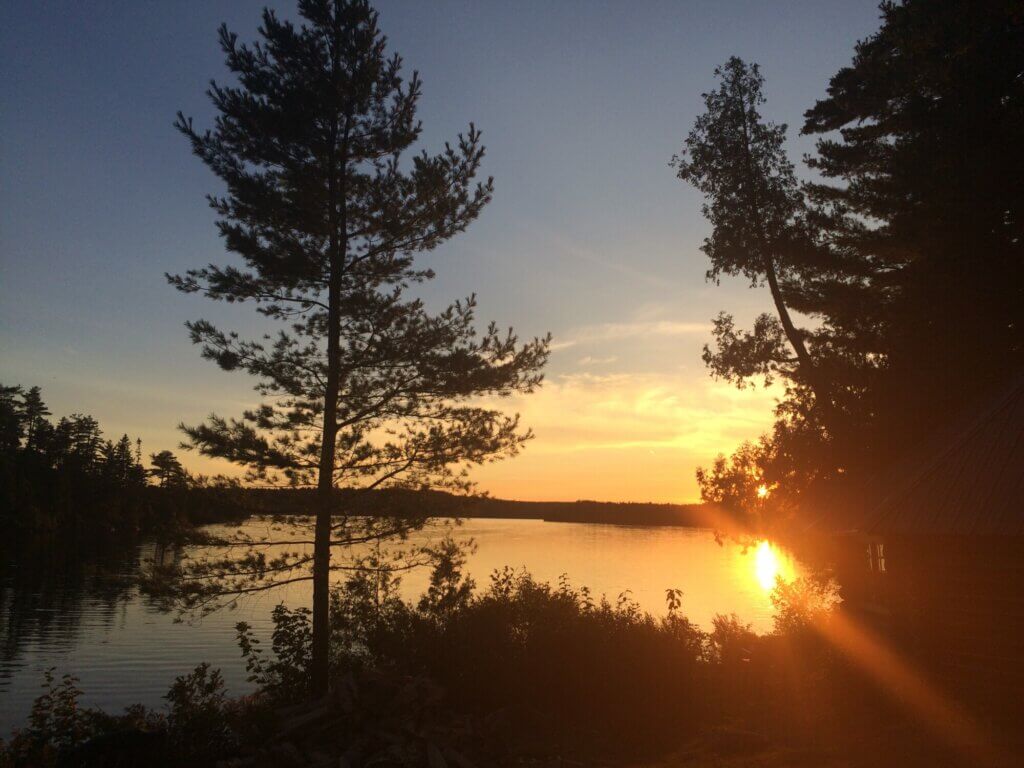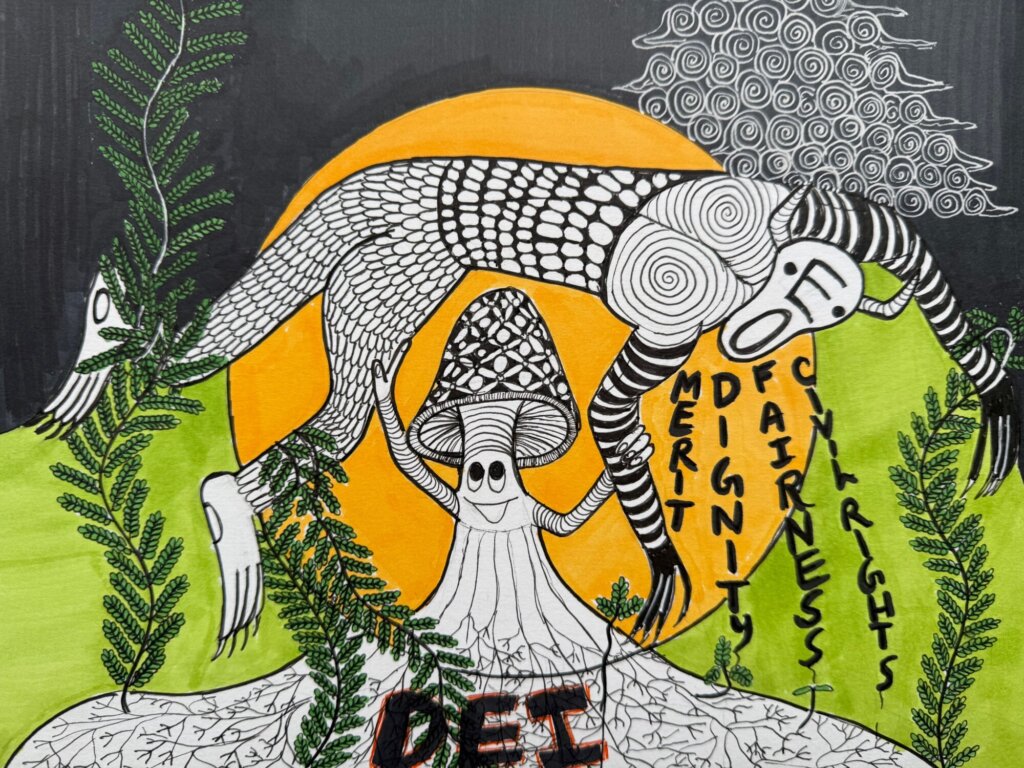Aparna
Published on
09 - 19 - 2017
Aparna
Published on
09 - 19 - 2017

Dear CNN,
Like many colleagues, we were thrilled to see that the topic of diversity in the outdoors has made it to mainstream media with your article “Nature’s calling — for more human diversity.” And we were even more pleased to see so many partners and friends gaining a national platform for this very important conversation, and contributing some key insights.
AND . . . we would be remiss if we didn’t say a big “yes, and . . .” to add to and complicate the oversimplified narrative that you and other media outlets continue to propagate about diversity in the outdoors. After all, our job at the Avarna Group is to complicate the narrative, continuously.
Yes CNN, we do need to dismantle the barriers that preclude more racially diverse representation in the outdoors. And . . ., diversity is not just about race. It is about all of the differences between us—visible and invisible—based on which we encounter barriers or experience advantages in access to opportunities such as outdoor experiences.
Conflating race with diversity erases other ways in which people experience oppression, be it related to gender identity, sexual orientation, body size, ability, class, religion, and so much more. And focusing only on race-based oppression ignores intersectionality; the experiences of oppression based on multiple identities. For example, people of color may experience barriers to access and inclusion in the outdoors. But the intersection of race and class can magnify these barriers exponentially, as it takes money and resources just to get to some of our great outdoor spaces, not to mention to get inside (fees), camp (the cost of gear), or feel confident and comfortable(skills).
So, CNN, if you are specifically interested in discussion race in the outdoors, be explicit instead of using the coded language of “diversity.” And, in doing so, be sure to include indigenous voices, without which we continue to be complicit in erasing the colonial history of public lands and outdoor recreation.
If you’re wondering where to turn to understand the various ways in which people connect with and experience oppression in the outdoors, here are some ideas:
There are many ways in which indigenous people connect to land and water, but a couple of great websites include The Ways (multimedia storytelling about native peoples of the Great Lakes region) and Natives Outdoors.
Jenny Bruso created the Unlikely Hikers Instagram account to highlight the many facets of diversity that are underrepresented in the outdoors including not only people of color, but also plus-size people, members of the LGBTQ community, immigrants, indigenous people, and differently-abled people.
Though some organizations have recently turned their focus to women in the outdoors, gender identity beyond the binary and sexual orientation diversity are rarely discussed in media.. For example, when is the last time you saw a gender neutral or single access restroom in a public park? And how many outdoor organizations continue to separate participants by perceived gender and then reinforce gender normative roles? We have some great partners who are creating community for queer adults and youth in the outdoors, including OUT There Adventures, Pride Outside, and the Venture Out Project. And in October, some of these partners are launching the inaugural LGBTQ Outdoor Summit dedicated to this very issue.
If you want to highlight the ways people with disabilities and differently abled people are underrepresented, misrepresented, and tokenized in the outdoors , check out my friend Vasu Sojitra talking about ableism in the outdoors in this panel hosted by the Montana Racial Equity Project. Vasu works with Eagle Mount, one of many organizations focused on providing people with disabilities with positive outdoor experiences.
Fat Girls Hiking cofounders Lezley and Summer, have created some inspiring social media platforms to build a growing community of plus-sized outdoor enthusiasts, for whom the lack of a welcoming and inclusive culture creates real barriers to participating in outdoor events.
Immigration status can be another barrier to spending time outside. As the U.S. continues to engage in xenophobic policymaking surrounding immigrants from both south of our border and from predominantly Muslim countries, these barriers only grow. The timing of this article—during the very week our administration was on the verge of overturning DACA and deporting 800,000 young people who were raised in the U.S.—created another missed opportunity for you to address diversity as it relates to immigrants and refugees.
Though immigration status and faith are sometimes conflated, the reality is that people of non-Christian faiths also connect with the outdoors in different ways and are often not considered in conservation and recreation decisionmaking. For example, Green Muslims is a wonderful organization that explores ways in which environmentalism is inherent within the Q’uran.
We could go forever, but hopefully you get the point. Identities are complicated, messy, and intersect with one another. As a powerful voice in the media, you have a responsibility to be precise and speak the full truth.
Dear Avarna community, We’re only four months into four years of this presidential administration, and the attacks on everything our…
Read full post about Staying the Course: On EOs, Education, ERGs, and SailingAvarna Community, It is with nearly all the emotions you might find in an emotions wheel that I am announcing…
Read full post about Farewell, AvarnaThe current administration’s anti-DEI Executive Orders have sparked varied responses in the nonprofit and private sectors—some organizations are defending DEI…
Read full post about DEI Jujitsu: Flipping the Backlash to Reframe Our Work

